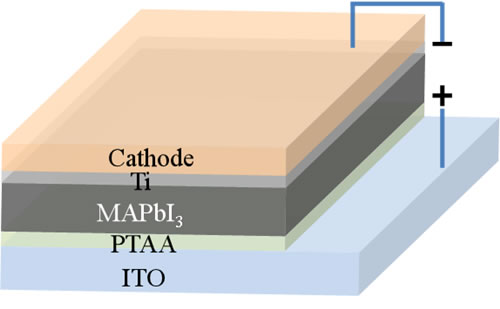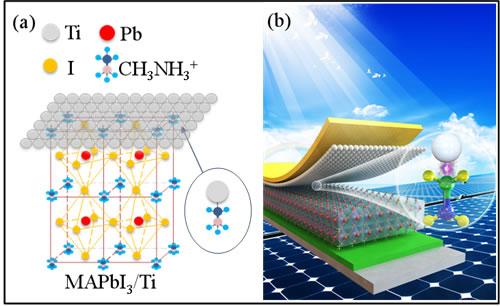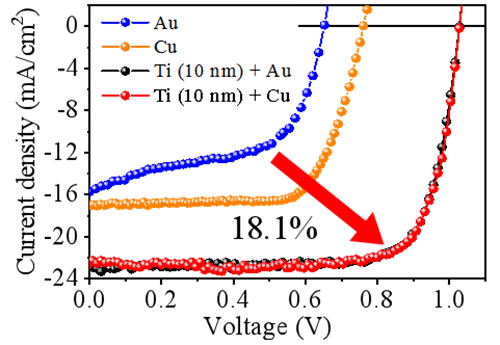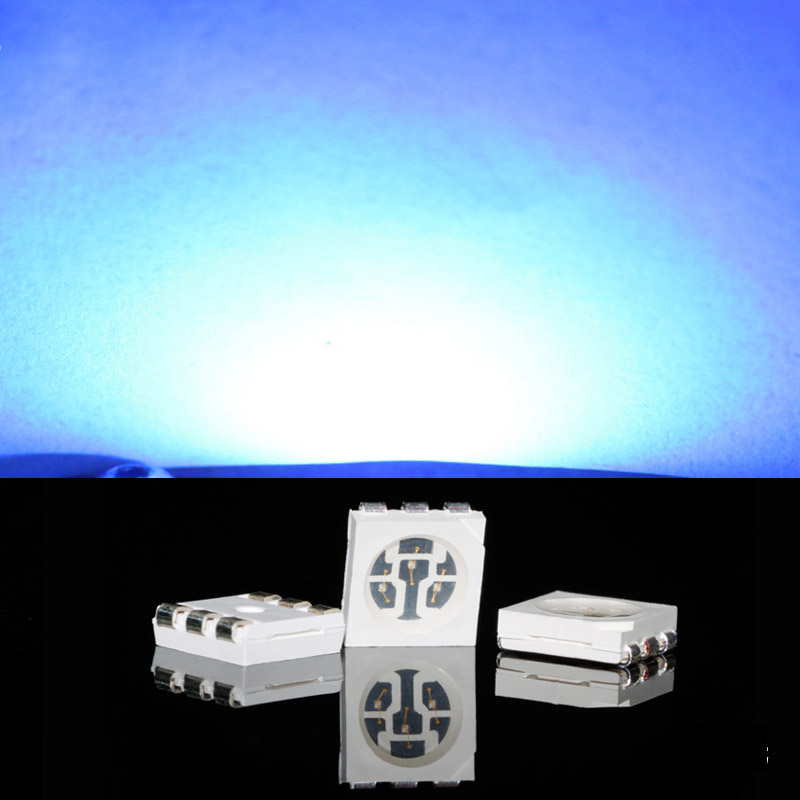Hefei Research Institute made new progress in the field of perovskite solar cells
Recently, the Li Xinhua research group of the Institute of Solid State Physics of the Chinese Academy of Sciences Hefei Institute of Material Science and the Dai Jianming research group have made new progress in the field of perovskite solar cells and developed a new high-efficiency perovskite solar energy without organic electron transport layer. Batteries, related research was published in Solar RRL (DOI: 10.1002 / solr.201800167), a sub-Journal of Advanced Materials.
As an indispensable part of new energy, the research progress of photovoltaic energy has attracted much attention. Among them, perovskite structure solar cells have a wide range of application prospects due to their superior light absorption characteristics, adjustable band gap, long carrier life, high mobility, simple preparation process, and low cost. Research hotspots.
Perovskite solar cells are divided into two types: nip and trans, and trans-planar perovskite solar cells (anode / hole transport layer / perovskite / electron transport layer / Cathode metal) has attracted more and more attention due to its simple preparation process, low temperature film formation, and no obvious hysteresis effect. However, it still faces many problems: first, the photoelectric conversion efficiency is still slightly insufficient; second, it is used as a core component of perovskite (such as: methylamine lead iodine (MAPbI3)) solar cell organic electron transport layer (such as: C60, PCBM, etc Lelene and its derivatives) have poor thermal stability and cannot block the diffusion of metal electrodes in MAPbI3; third, organic electron transport layers are expensive.
In order to solve these problems, researchers at the Institute of Solid State used metal titanium (Ti) to replace the organic electron transport layer and designed a perovskite solar cell (ITO (anode transparent conductive glass) / PTAA (organic hole transport layer as shown in Figure 1 ) / MAPbI3 / Ti / Cathode (cathode metal)) structure. Studies have shown that the Ti (10nm) layer prepared by the high viscosity of Ti can completely cover the surface of the perovskite, which is conducive to reducing the contact resistance of the electrode and can effectively suppress the diffusion of the cathode metal in the perovskite device , Which helps to protect the integrity and stability of the device structure; on the other hand, at the interface between Ti and MAPbI3, Ti and methylamine ion (MA +) form a Ti-N bond, which can inhibit MAPbI3 due to the evaporation of the surface layer MA + The resulting decomposition further improves the stability of the device (Figure 2). The research results show that the photoelectric conversion efficiency of perovskite batteries prepared with Ti as the electron transport layer has reached 18.1% (Figure 3), which is the highest efficiency achieved by direct contact between the metal material and the perovskite layer, and it is also comparable to the traditional The photoelectric conversion efficiency of perovskite solar cells with PCBM as an organic electron transport layer. Moreover, compared with the preparation conditions of the organic electron transport layer, the preparation and cost of the Ti layer are simpler and cheaper.
This research work provides a new idea for constructing efficient perovskite solar cells and has very important guiding significance.
This work was supported by the National Natural Science Foundation of China and the National Natural Science Foundation of China.

Figure 1. Schematic diagram of a perovskite device with trans ITO / PTAA / MAPbI3 / Ti / Cathode structure

Figure 2. MAPbI3 / Ti interface Ti-N bonding diagram

Figure 3. Current-voltage diagram of perovskite devices with different cathode metals
Normally, 5050 Blue SMD LED will got three chips in, which is 0.2W blue LED.
But we still got 5050 blue led with one chip in, which got the higher power on this LED. Such as: 0.5W 5050 Blue SMD LED ,1W 5050 Blue SMD LED,3W 5050 Blue SMD LED and so on.
With this size, 5050 SMD LED can be more than one color, like 5050 RGB LED ect.
Different blue have different function on LED. For example: 440nm blue LED,460nm blue LED and 470nm LED is different for the light LED, grow light LED and beauty LED.

In this catalog, we mainly introduce the 5050 blue SMD LED.
In this catalog, we mainly introduce the 5050 blue SMD LED of visible light. 2835 SMD LED, size is 5.0*5.0mm. For this blue SMD LED, we can package with single chip 5050 SMD LED or 2 chips 5050 SMD LED, 3chips 5050 SMD LED and the power can be 0.1W 5050 blue SMD LED, 0.06W 5050 blue SMD LED, 0.2W 5050 blue SMD LED, 0.5W 5050 blue SMD LED, 0.6W 5050 blue SMD LED, 0.8W 5050 blue SMD LED, 1W 5050 blue SMD LED, 3W 5050 blue SMD LED and so on.
The voltage of the 5050 blue SMD LED is between 2.8-3.5V.
5050 blue SMD LED is deeply loved by their users because of the small size, the high bightnes and 5050 blue SMD LED have the cooling copper at the bottom, which can make the product to get out of the heat in time.
It is often used in LED lighting, LED Lamps , LED backlight, LED panel lights, LED furniture, grow light LED, fill light LED, LED aperture and other lighting products.
In addition, this 5050 blue SMD LED have the angle like the through-hole LED so it belongs to the spotlight SMD LED. It have a len on the top of the SMD LED, which can make this 5050 SMD LED with angle like 30 degrees, 60 degrees.
5050 Blue LED, blue 5050 smd led, 5050 smd blue led, 5050 blue led specs
Shenzhen Best LED Opto-electronic Co.,Ltd / BESTSMD CO LIMITED(HK) , https://www.bestsmd.com
